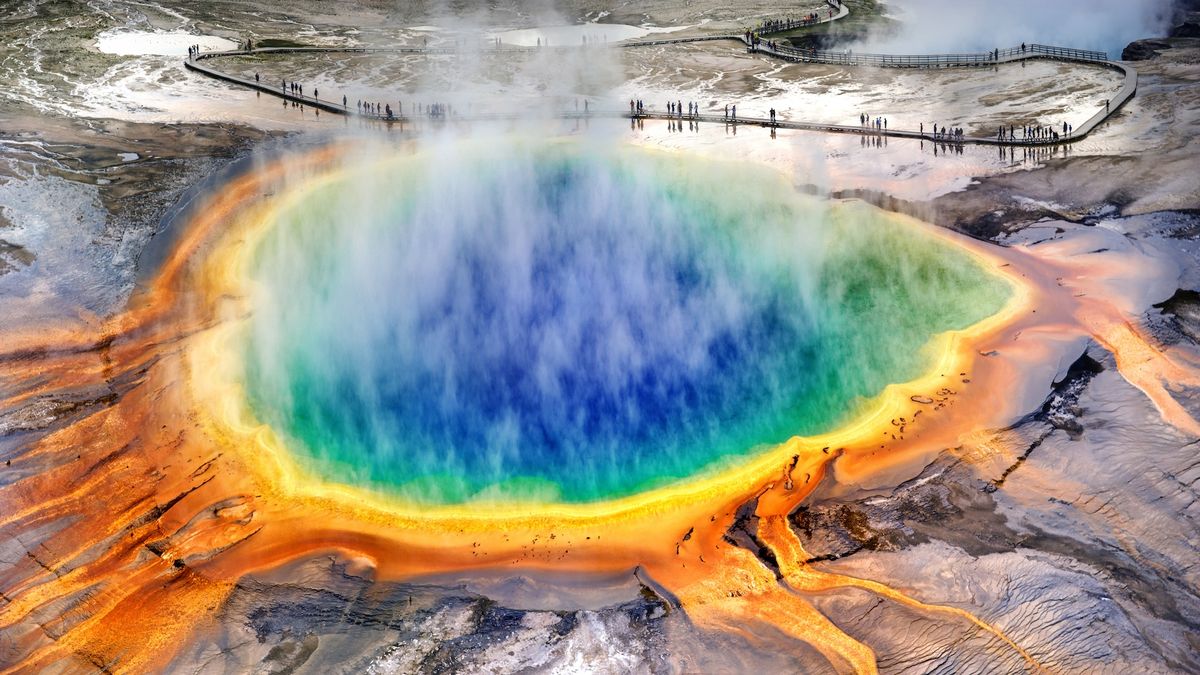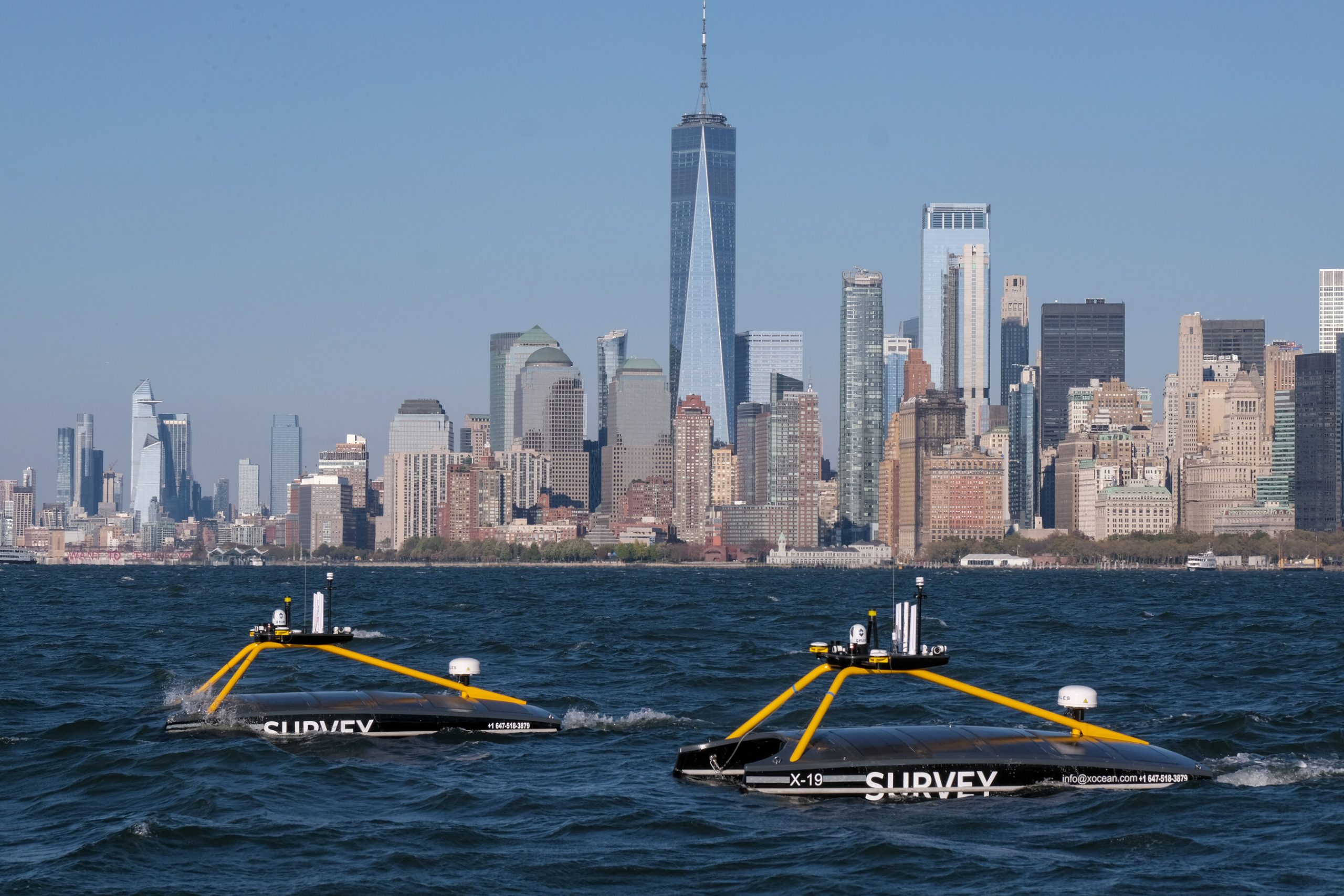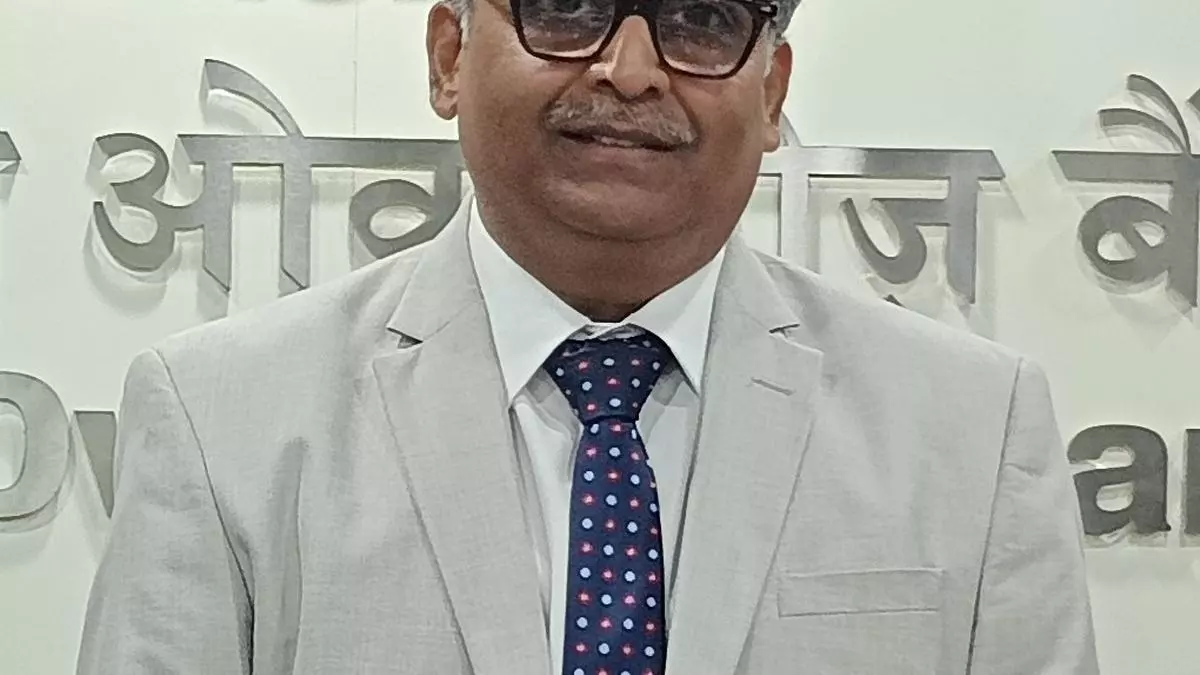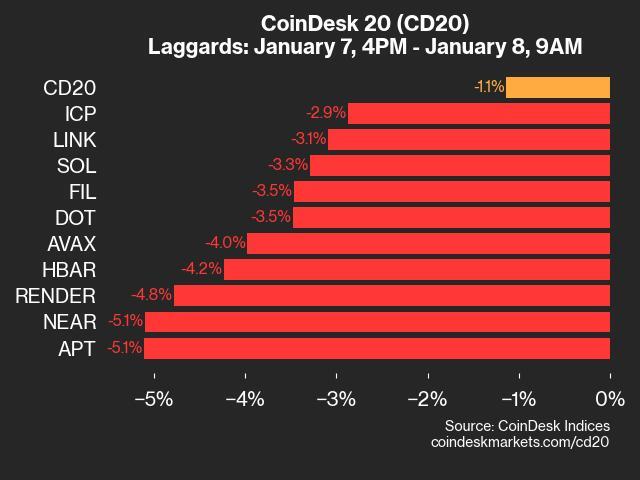This episode is part of “Health Equity Heroes,” an editorially independent special project that was produced with financial support from Takeda Pharmaceuticals.
Rachel Feltman: The public health world is filled with heroes, but it doesn’t exactly produce a ton of celebrities. One notable exception is Anthony Fauci. This physician-scientist and immunologist is best known to most people for his service as chief medical adviser to President Joe Biden from 2021 to 2022. But while his work during the worst of the COVID pandemic made him a household name, Fauci has been a celebrated figure in his field for decades, thanks to his nearly 40-year tenure as director of the National Institute of Allergy and Infectious Diseases. His new book, On Call: A Doctor’s Journey in Public Service, offers fresh insight into his life and work.
Tanya Lewis, a senior editor covering health and medicine at Scientific American, recently sat down with Fauci to discuss his experience helping us all through COVID—and what he thinks the future might hold in terms of bird flu and other potential pandemics. Here’s Tanya now.
On supporting science journalism
If you’re enjoying this article, consider supporting our award-winning journalism by subscribing. By purchasing a subscription you are helping to ensure the future of impactful stories about the discoveries and ideas shaping our world today.
Tanya Lewis: During the pandemic and, you know, what it was like during COVID working just in the government, I’m curious to hear kind of how you handled this challenge of communicating the dangers of a totally new virus when our knowledge was changing day-to-day and everything was still up in the air.
Watch the Interview
Anthony Fauci: Well, sure, I mean, I think one of the things that we all experienced during the outbreak is that we were dealing, essentially, with a moving target because SARS-CoV-2 and COVID-19 was truly unprecedented—the likes of which we did not see, or had not seen, for well over 100 years. We didn’t know it in January of 2020; we had no idea where this new virus was going to take us. The worst-possible-case scenario is what actually happened to us, where we had an outbreak that lasted intensively for two years, two and a half years, and in duration for well over four years.
The issue with regard to communicating with the public became a real problematic issue because unlike other diseases, our knowledge of and the actual reality of the virus evolved over months and years. For example, in the first few months, from the information we were getting from China, it was felt that this was a virus that was not transmitted efficiently from human to human. It was very much like the original SARS of 2002, which was an outbreak of about 8,000 people and about 780 deaths, and it was well-controlled by public health measures; that was the assumption in the first week or so.
But then as things became more apparent, as information not only from China, which was a bit opaque in their information early on, but when it got to Europe and Italy and then the United States, it became very clear that the virus was transmitted very efficiently, number one, and then as the weeks and months went by we found out something that was very sobering: is that the transmissibility—about 60 percent of the transmissions was from someone who had no symptoms at all, which was really very much unprecedented in respiratory illnesses.
And then as the months and years went by the big surprise was: the virus kept on changing. We had different variants. First, we had the ancestral strain. Then we had Alpha and Beta, and then Delta came in 2021. And then in November of 2021 we had Omicron. And ever since then we’ve had multiple, multiple variants of Omicron.
So it is difficult when the public wants definitive answers that are immutable when you’re dealing with an evolving situation. So that was a lesson learned from this for the next time: is that we have to make it very clear when we’re speaking to the public that we are dealing with evolving, changing information and the science is a process that’s self-correcting, that when we get new information it may differ from the information we had two, three, four, five months ago, and we’ve gotta make it clear that that is because the virus and the outbreak is changing, not because scientists are flip-flopping.
Lewis: Right, yeah, for sure. I mean, it certainly was a challenge even as a journalist, so I can only imagine, you know, as the head of one of the largest public health institutes in our country, it must have been a special challenge. Do you think now, with the benefit of hindsight, the dust has settled a little bit, there were some things that we could have communicated better early on, like, for example, airborne spread of the virus? I know the science was still a little bit—the jury was out a little bit, but once it became clear do you think we could have been—moved quicker to sort of inform people?
Fauci: You know, I think there are several issues. I mean, obviously, when you look retrospectively at something as catastrophic as an outbreak that killed 1.2 million Americans, certainly there were many things that could have been done differently because we were trying our best in the public health arena and our main goal was to save lives.
But there were things that you just mentioned that really is important. And that is: the [World Health Organization], being the primary entity there, took a much longer time to tell the world that we were dealing with a virus that was spread by aerosol. I mean, they really—we were getting information about aerosol spread in the early months of the outbreak, and it wasn’t until well into the real height of it that they said, “Well, okay, yeah, now we know it was aerosol.”
And it’s a big difference when it’s aerosol ’cause some of the recommendations regarding masking, regarding social distancing, regarding how far away you need to be from someone in order to be safe—when you’re dealing with aerosol, you know, the virus stays in the air and can float around a room, and you can get infected when you’re on the other side of the room. We didn’t really fully appreciate that. And when we did it wasn’t communicated, I think, quickly enough. Certainly, the WHO, when they do their own self-analysis, realized that they were really quite slow in it coming up and firmly saying, “This is aerosol spread.”
Lewis: Right, yeah, and I think, like you said, that changes the whole game in terms of protecting ourselves and what kinds of masks work and are most effective, and I wonder, to some extent, if a lot of the backlash against masking was to do with people thinking—I mean, there, there was this idea that masks didn’t work, and there was a lot of confusion, but we did know that they helped, and I think once we knew that there were aerosols involved, that shifted how—the kinds of masks that people needed …
Fauci: Yeah, but masking, Tanya, is a very complicated issue. There are many, many factors: the idea about people pushing back, particularly people who feel that they don’t wanna be told what to do, there was a lot of that. And I think the idea of pushing back on public health regulations by people who felt that their liberties were encroached upon when people were telling them they really had to wear a mask under certain circumstances—we’re a country of free spirits, but that worked against a unified public health intervention that would have been helpful.
There was a lot of misinformation about masks not being helpful at all, which is untrue. Some of these studies were not definitive studies, and people who were against masks jumped on that, saying, “The data don’t show that they help.” Now when you look back at all the data, there’s no question that mask wearing saved lives.
Lewis: And, of course, it was one of many things that we could be doing, including, you know, improving indoor air quality, and air filtration and purification, and ventilation …
Fauci: Yeah, well, that, that, to me, is one of the things—you know, we always talk about lessons that we hopefully have learned from our difficult experience with COVID that might inform us better for the next outbreak. Pandemics that are global in nature are almost invariably respiratory-borne because that’s how you get very large numbers of people getting infected; the lesson learned is the importance of paying attention to proper ventilation in classrooms, in places of work, installation of [high-efficiency particulate air] filters in places where there’s a lot of people in a closed room.
That gets back to what you were saying about aerosol. We know now that these viruses are spread through aerosol, so typical ventilation needs to be addressed, and it’s not something you could do overnight. I mean, when—I remember we were saying that we’ve gotta increase the ventilation capability in rooms such as classrooms, but that’s tough to do when you have schoolhouses that, structurally, it’s very difficult to do that, so we need to start doing that now.
So as a society, we’ve gotta pay attention to the fact that respiratory illnesses are important, even when they don’t result in a full-blown pandemic …
Lewis: Right.
Fauci: And that’s the reason why, when you build new structures or when you certify structures, that you keep in mind the importance of good ventilation.
Lewis: Yeah, absolutely. You know, the future of pandemic preparedness and, you know, obviously we’re dealing now with avian flu, H5N1, in dairy cows and poultry in the U.S. and Canada, so can you talk a little bit—I’m just curious, like, what your thoughts are on the current outbreak of H5N1. I know you’ve dealt with this virus before in a global context, so can you talk about how prepared we might be or how we’re handling this situation?
Fauci: Well, you know, we’re at that point where we’re seeing more and more herds getting infected, more and more people. We’re now well over 40, 45, 46, 48 people who’ve been infected—you know, some who are dairy workers, some from birds, and even a couple, we don’t even know how they got infected.
I’ve dealt with H5N1 going way back to 1997, when H5N1 was noted in a very highly pathogenic against chickens [strain] in Hong Kong, and they interfered with the possibility of an outbreak by essentially culling all of the chickens in Hong Kong. And then in 2003 and then on and on there were more blips in that radar screen of H5N1.
The thing that’s of concern today is that it isn’t just chicken to human [transmission] and then a dead end in human. Thank goodness, the humans who have been infected have not transmitted it to other humans. H5N1, historically, when it does infect humans—I’m not talking about the H5N1 that we’re experiencing now but the H5N1 that actually, historically, going way back to 1997 through the early 2000—had a high degree of mortality in humans. It didn’t spread from human to human, but it had a 30 to 40 percent fatality, which is horribly high for a respiratory virus. I mean, even the terrible pandemic flu of 1918 only had a 1 to 2 percent mortality. And the flu we’re dealing with now has less than 1 percent mortality, so if you could imagine.
The somewhat encouraging news is that the H5N1 that’s infected humans now has not generally caused serious illness. It predominantly causes a conjunctivitis and mild systemic symptoms. There’s been one case of a person who actually went in intensive care and was hospitalized, but the overwhelming majority did not have serious disease.
Now let me tell you the sobering news. The sobering news is that that can change because the virus infects more than one species and we know it can infect pigs. Pigs are on farms with chickens and with cows, and chickens and cows can infect, with their virus, a pig, and then a human virus can go into [a] pig, and then you could get a reassortment of a virus that has some of the dangerous qualities of H5N1 and some of the capability of spreading from human to human of a human virus. So that’s what public health officials are concerned about: that when you have the circulation of this virus in multiple species, including a “mixing bowl” species like a pig, you might get a reassortment and a mutation that could make this something we really have to be concerned about. And that’s the reason why the [Centers for Disease Control and Prevention] says although currently the risk in general is low, we still have to pay close attention to the possibility that that might change.
Lewis: Right, and I think you alluded to, there was this one case in Canada that was a teenager who’s currently still in intensive care or critical condition, and that seems to be related to maybe a different strain or, or substrain of the virus …
Fauci: Yeah, yeah, the mutations in that virus are a bit different than what we’re seeing generally with the bird flu involving the 40-plus human individuals.
Lewis: Right. Do you worry that we are not doing enough to sort of contain …
Fauci: Yeah.
Lewis: The outbreak in cows and chickens and other animals at this point …
Fauci: Well, you know, even going back to original COVID, when you listen to what I was saying in the early years of COVID, we’ve gotta flood the system with testing. If you don’t know the extent of the spread, you’re really swimming blindly, as it were, not knowing where you’re going.
My recommendation—and I’m not alone in this; a number of my public health colleagues and my infectious disease colleagues say the same thing—we should be doing more widespread serosurveillance testing for the extent of the infection. Perhaps a large number of people are asymptomatically infected, and you really need to know that if you’re trying to monitor what the spread of this virus would be.
Lewis: Right. If H5N1 were to become more transmissible in humans, and it—you know, the more opportunities it gets, the, the higher the likelihood of that, do you think that we are any better prepared for a potential pandemic today than we were four years ago?
Fauci: Well, I would hope so. I hope that we would learn the lessons that, at the local public health level—you know, when, when I evaluate, retrospectively, how we did with COVID, for the sake of clarity, I put it into two separate categories: what the scientific response was and what the public health response was.
I think anyone who looks at the data would agree that we get an A+ for the scientific response because the decades of investment in basic and clinical biomedical research allowed us to do something that was completely unprecedented: namely, [the length of the period] from the time the viral sequence was made available publicly on January 10, 2020, to the time that we had a very well-tested, in 30,000-person clinical trial, a vaccine that went into the arms of persons that was safe and highly effective. So we need to keep the investment in the science to do the same thing with future pandemics, including the possibility of H5N1.
The public health response really needs to be improved. Particularly, we have, in many cases, at the local public health level some antiquated elements of that—about getting information available in real time to the people, for example, at the state and CDC level who are gonna be making decisions.
So I think we are a bit better prepared, but I think we better continue to learn the lessons that we should’ve and hopefully did learn from COVID.
Lewis: As a follow-up to that, about the public health response, do you think that our disease readiness and our ability to respond effectively is more of a scientific problem or really a human behavior one, and if it’s the latter, how can we address the deep divisions …
Fauci: Right.
Lewis: And deep skepticism of science that we see in this country?
Fauci: Well, I think you just hit on the most important aspect of our weakness in response. As I just mentioned, I don’t think it’s scientific; I think we’ve done very well scientifically. I think it is a human element issue. I think the worst possible thing that you could have, the worst possible situation that you can have when you’re in the middle or the beginning of an evolving pandemic is the profound degree of divisiveness that we have had and still have in our country.
I mean, it’s like being at war: the common enemy is the virus. And we were acting, in many situations and in many respects, as if the enemy were each other. Political-ideological issues determined whether someone would wear a mask or not; that determined whether someone would get vaccinated or not.
That is really very tragic because someone, for ideological reasons, not utilizing a lifesaving intervention like a vaccine is tragic for that person and their family, and we’ve seen that because red states, which were undervaccinated compared to blue states, which were better vaccinated—the hospitalization and death rates in red states was higher than in blue states. I mean, that is very painful to me as a public health person: that people, good people, got ill and lost their lives because ideologically, they didn’t wanna make use of a lifesaving intervention.
Lewis: Mm, yeah, no, it is tragic, I think, and that is probably the challenge ahead of us now if we face any other threat, like bird flu, that the same public health measures are gonna be, potentially, resisted.
Fauci: Yeah, I think we have a ways to go, that we have got to, first of all, mend the, the differences among us to try and realize that we are more alike than different. Even though it looks like we have different major tribes in this country, we really have very, very much more in common than we have differences. And, you know, ideological differences and differences [of] opinion are healthy; it makes for a very vibrant society. But when those differences turn into divisiveness, then it gets in the way of what I would consider the most effective response in a public arena for something as devastating as a pandemic.
Rachel Feltman: That’s all for today’s episode. Keep an eye out for more of Tanya’s conversation with Fauci on ScientificAmerican.com. And don’t forget to check out Fauci’s new book, On Call: A Doctor’s Journey in Public Service.
Science Quickly is produced by me, Rachel Feltman, along with Fonda Mwangi, Kelso Harper, Madison Goldberg and Jeff DelViscio. This episode was reported and co-hosted by Tanya Lewis. Shayna Posses and Aaron Shattuck fact-check our show. Our theme music was composed by Dominic Smith. Subscribe to Scientific American for more up-to-date and in-depth science news.
For Scientific American, this is Rachel Feltman. See you on Friday!









Leave a Comment